
Saddle up for a guided trail ride through breath-taking scenery

Board a vintage steam train from Durango to Silverton
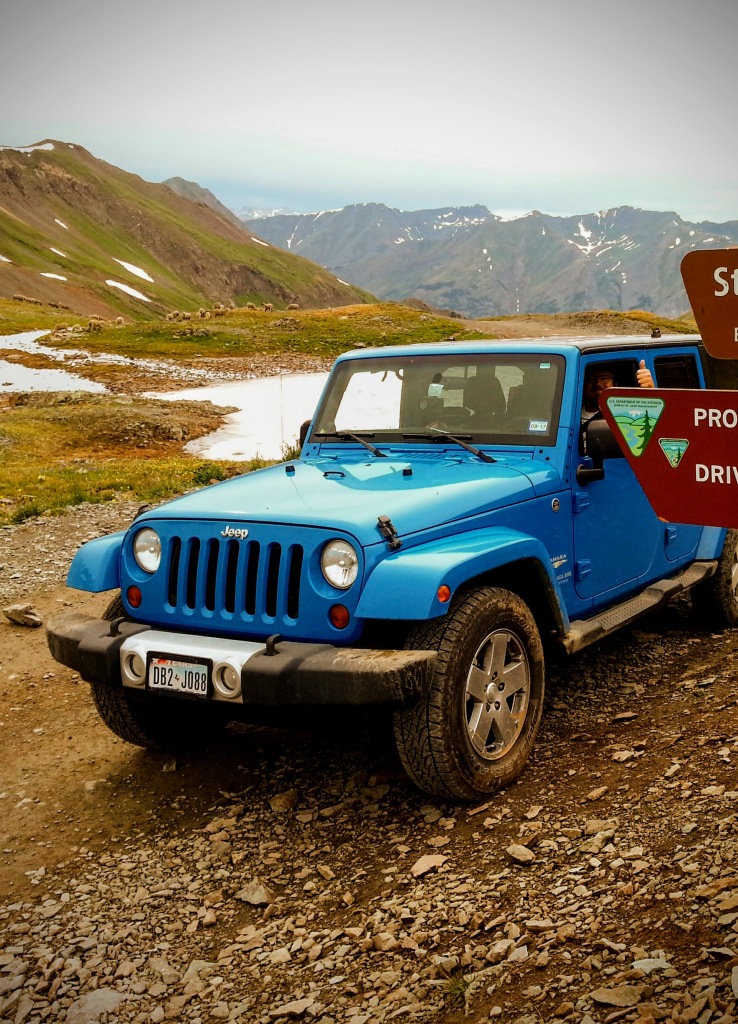
Rent a Jeep and head into the mountains – and so much more!
Ride an Iron Horse Into a Storied Past!
by Ria Nicholas
The historic western mining town of Silverton, Colorado lies frozen in time in a high valley of the River of Lost Souls*. With only one paved road – a spur of the Million Dollar Highway** – and a year-round population hovering at just 600, Silverton’s economy, though largely based on outdoor adventure, still benefits from the regular arrival of vintage narrow gauge steam trains from Durango.

Spanish explorers, who passed through this Ute Indian territory in the 1700s, were followed by trappers and mountain men, making camp and carrying back rumors of rich veins of silver and gold.

Captain Charles Baker, however, was the first to actually discover gold here in 1860, near the confluence of Cement Creek and Mineral Creek with the upper Animas River.



His find set off a short-lived “mini gold rush,” which was interrupted by the Civil War. Over the ensuing years, several mining towns gradually sprang up in the area, including Silverton, located in the eponymous “Baker’s Park.” Silverton, founded in 1874, was named for the rich deposits of silver found here. However, the treacherous journey into and out of the mountains, and the extreme isolation of the various mines, prevented prospectors from maximizing their success.

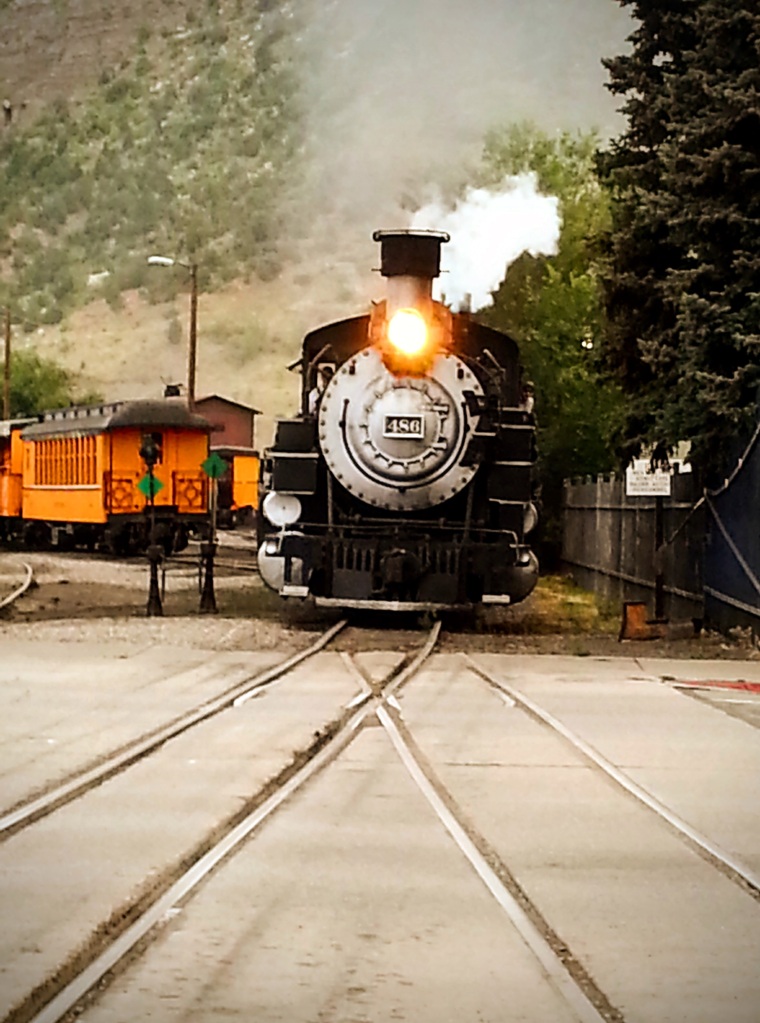

Then, beginning in 1882, the iron horses of William Jackson Palmer’s Denver & Rio Grande Railroad Company began to travel between Durango and Silverton. And from 1887 to 1891, Otto Mears built many miles of toll road (including the “Million Dollar Highway”) and three rail lines in the San Juans.
Two of them reached from Silverton into the surrounding mountains. These railroads serviced the gold and silver mines, and ore production skyrocketed from $97,000 in 1882 to over $2 million per year during the 1890s!





Top: Early photos show off Otto Mears’ “Million Dollar Highway,” built circa 1883. Today, this highway over Red Mountain Pass is paved and has a “snow shed” at an active avalanche chute, but the need to clear the road with snow plows means there are still no guard rails. Bottom: Silverton Railroad, and Silverton Northern Railroad were also built by Otto Mears. Images are in the public domain.
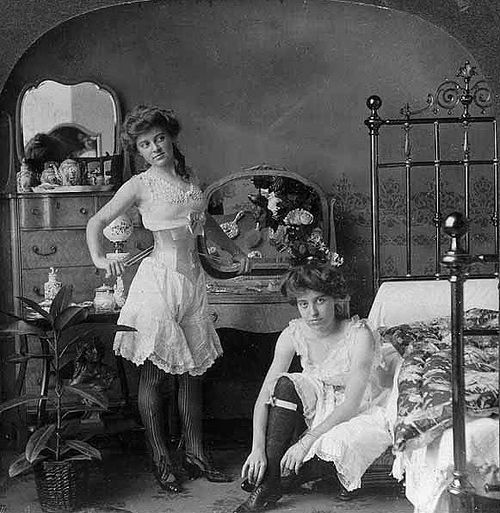
With the attendant arrival of miners came the almost inevitable influx of prostitutes. In an era when women were excluded from the work force – at least from most jobs that provided a living wage – girls who were abandoned by their families because they had “lost their virtue,” often had no other practical option. Unlike workers in other vocations, “soiled doves” started their profession at the top of the career ladder and, as they aged, rapidly descended toward their ultimate demise. The tragic fate of a “painted lady” tended to follow a predictable course:
MOLLY DURANT
–inscription on a silverton tombstone
Died Nov. 2, 1882
A “Fallen” Woman
Suicide by morphine

Since some miners brought their wives and families to live with them, Silverton became informally partitioned between “respectable,” church-going residents at one end of town and the brothels, dance halls, and gambling houses at the other end. Though the “frail sisters” were harshly judged and ostracized by the community, they were also deemed a social necessity. And the routine fines levied against them served to line the town’s coffers.
By the 1910s, Silverton’s mines played out. But the narrow gauge trains, designed to handle the sharp curves and steep grades of the mountains, wisely traded their loads of ore for even more precious cargo: tourists!




In a typical year, restored steam locomotives of the Durango & Silverton Narrow Gauge Railroad ferry 200,000 visitors from Durango, past the Hermosa Cliffs, through spectacular gorges carved by the turbulent Animas River, and into the wild frontier.
The D&SNGRR was registered as a National Historic Landmark in the 1960s, was designated the “#1 North American Train Trip” by National Geographic Traveler in 2010, and was named the “Best Train Experience” by Sunset Magazine in 2016. Yet, despite colorful travel brochures and even more colorful descriptions presented by others, NOTHING prepared us for the awesome experience of actually traveling aboard the train!
Click the link to start the video:
Video by Jim Zura. Music by Lacey Black. Lacey Black, a pianist, singer, and song writer, frequently performs at the Grand Imperial Hotel in Silverton and is one of the most sought-after musicians in Southwest Colorado. Her music is available on her website.
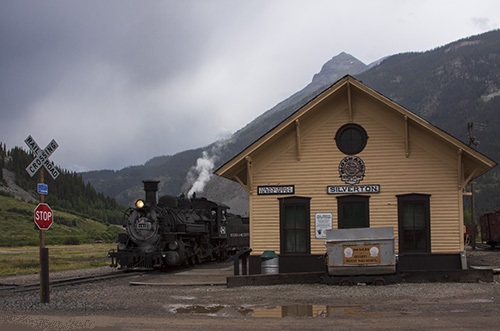
Arriving in town, the train crawled past the Silverton Depot, where the tracks veer onto E 12th Street and terminate. The engine heaved one last sigh after its arduous 3,000 foot ascent and deposited us directly into the heart of town.
Please subscribe to this blog. It’s free:

A stone’s throw from the terminus, lively ragtime piano music spilled from the stately Grand Imperial Hotel. The 1883 structure was commissioned by a perfume importer and mill owner from New York. Originally known as the Thompson Block, the building provided offices on the second floor and commercial space on the ground floor. When mining waned, the building was sold and converted to a hotel. The Harper family, the current owners, recently renovated the hotel, restoring it to its Victorian glory.
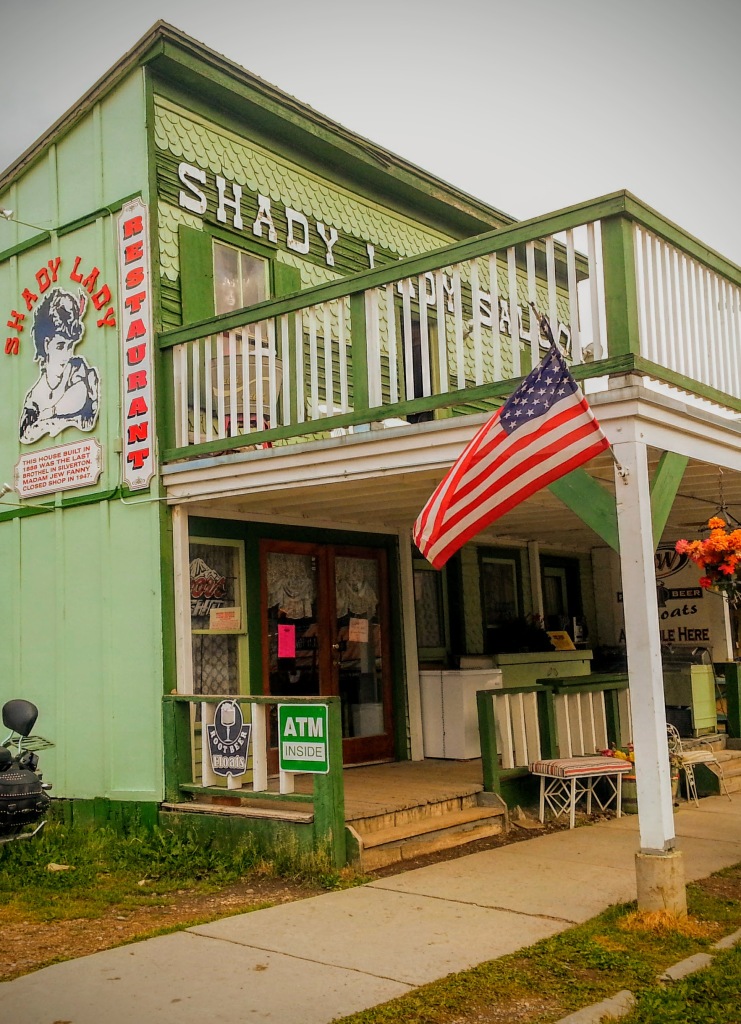

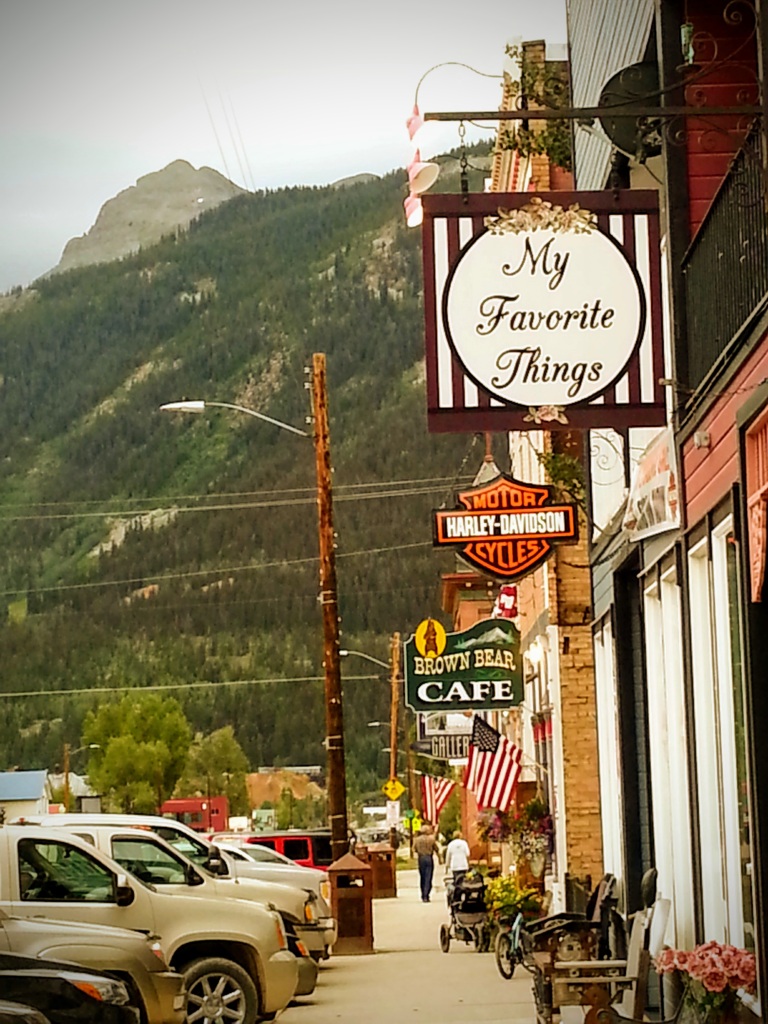
In the other direction, the well-worn gingerbread of one-time saloons and bordellos on ‘Notorious’ Blair Street pique a voyeuristic impulse. While the ‘ladies’ no longer ply their wares, quaint curio and souvenir shops wink and beckon from every direction.
Farther up Greene Street, Silverton’s only paved road, the San Juan County Historical Society’s Mining Heritage Center preserves the region’s story and steeps patrons in local lore. Here we wandered through the museum, a portion of which resides in a reconstructed, historic, mine company boardinghouse.


The Caledonia Boardinghouse, which clung to loose talus at the top of nearby Minnie Gulch, was slowly being demolished by shifting rocks. Its owners graciously donated it to the Historical Society. A generous, anonymous financial donor insured that the structure was disassembled, moved, and reassembled at its current site. It now houses a portion of the Society’s extensive collection of gold and silver mining tools and techniques, from their primitive beginnings through early mechanization.
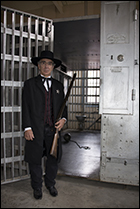
The Heritage Center complex includes the fully restored 1902 County Jail House. At one time it was one of five jails in Silverton and the one where more hardened criminals were housed. We toured the cells – there is a main cell block and two separate cells, one for women and one for the “insane.” Photos and museum labels tell the stories of desperadoes, assassinated marshals, posses, vigilantes, and lynchings as par for the course in the early, turbulent years of this rough and tumble frontier town.

Among the Heritage Society’s several assets, we find the historic Mayflower Mill, located two miles northeast of Silverton and open to the public. The Mayflower Mill was the last and most advanced of the big mills – and the single longest running mill – to be built in the San Juans. It is one of very few such mills nationwide to be preserved from deterioration. You can witness first-hand how miners were able to extract gold, silver, and other ores from the hard rock in this complete processing mill.

For more hands-on action, ride a mine train 1/3 mile into Galena Mountain with The Old Hundred Gold Mine Tour. Here you will follow a vein deep under ground to experience the life of a miner. Outside the mine, pan for gold, silver, and copper, and keep what you find! Panning is free when you purchase your tour ticket. From here you can also view the 1904 Old Hundred Boarding House perched on a sheer cliff 2,000 feet above the mine!
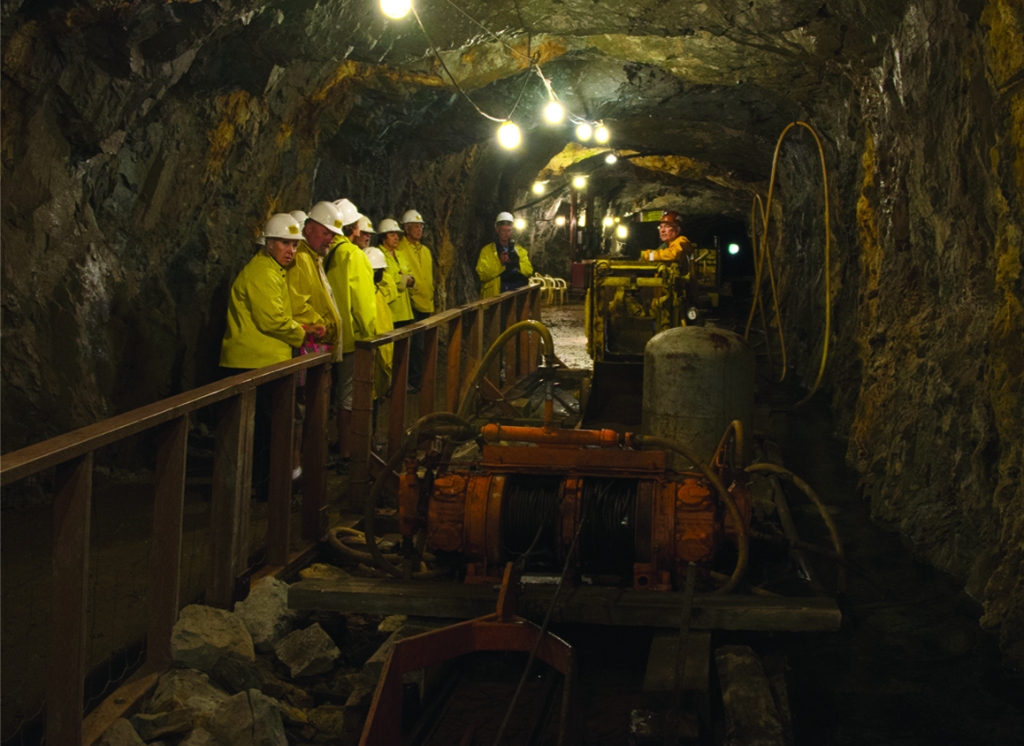



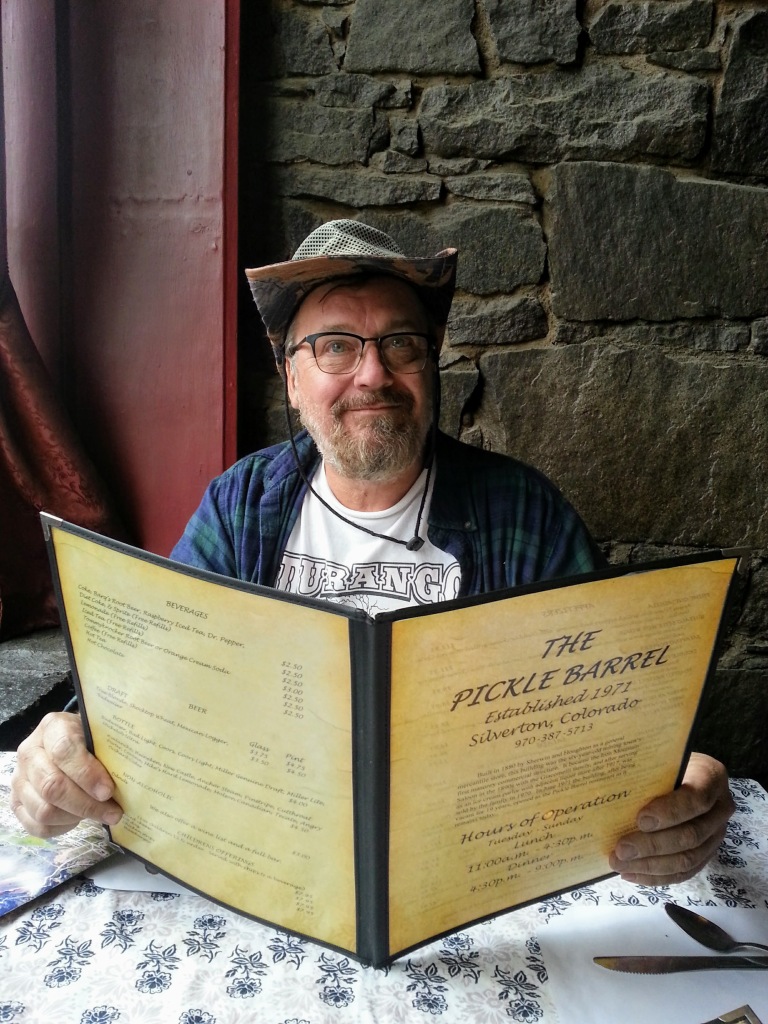
Take Time to Grab a Bite!
The two-hour layover in Silverton was perfect for grabbing lunch and browsing a few stores before embarking on the return trip. Left: Our video producer, Jim Zura, ponders his choice at one of Silverton’s staples, The Pickle Barrel. Located in the oldest masonry structure in town, the building has served as a mercantile store, saloon, and ice cream parlor. Today, its hosts serve up hearty meals for lunch and dinner.
But with so much ‘treasure’ hidden in these mountains, those in the know will rent a Jeep or OHV and opt for an overnight stay.


Remote Silverton spins a network of threads – nearly invisible trails – that reach up every narrow gulch. These rocky 4 x 4 roads lure adventure seekers. They simultaneously thrill and unnerve as they snake through jaw-dropping scenery. Unpaved single lanes, with their impossibly sharp switch-backs, consist of nothing more than old burro trails carved into the granite over a hundred years ago by miners eager in their quest for silver and gold.

These trails lead variously to forsaken mines or to ghost towns where weathered wooden shanties, abandoned for a hundred years, bear silent witness to forlorn hope in a time when ore was king.



The hauntingly beautiful ghost town of Animas Forks transported us in time. There we wandered among nine original cabins, persistent sentinels of the past, that dot the San Juan highlands twelve miles northeast of Silverton.
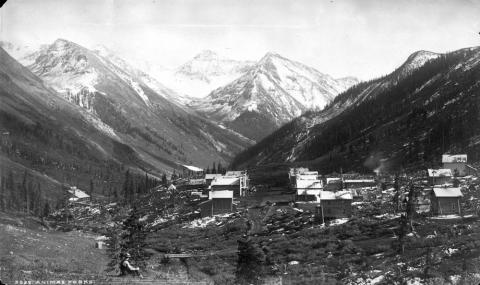




Animas Forks
Established in 1875 and sitting at an elevation of 11,500 feet, Animas Forks was occupied until about 1920. Its economy was based on speculative investments more than on ore production. Major fires in 1891 and 1913 destroyed many of the town’s buildings, but nine remain standing to attract tourists along the Alpine Loop Scenic Byway.
The lively town, which grew to a population of roughly 400 citizens at its peak, boasted a post office, sawmill, three general stores, a butcher, a blacksmith, a newspaper, a short-order restaurant, an unlicensed saloon, two boardinghouses, and, of course, a jail.
Then, in the mid-1880s, speculative mining ceased, businesses began to close, and people moved away. A fire that started in the kitchen of the Kalamazoo Hotel, destroyed 14 buildings and caused $20,000 in damages. Although a few gold mines in the area continued to operate, the town was all but abandoned.
In 1903, the Gold Prince Mine Company purchased several claims in the area and laid plans for a large mill to be built in Animas Forks. In 1904, the Silverton Northern Railroad reached the town, and the post office reopened. In 1905, a large workforce arrived to build the Gold Prince Mill, and the town briefly sprang back to life.
Unfortunately, the mill’s owners fell into bankruptcy two years later, in 1907, and by 1910 the mill closed. The town limped along for a few more years, until the mill’s final dismantling in 1917.
Today the site is owned by the US Bureau of Land Management (BLM) and has been listed on the National Register of Historic Places.
Click the link to start the video:
The ghost town of Animas Forks was stabilized and restored by the San Juan County Historical Society in cooperation with the Mountain Studies Institute, which partners with local communities to monitor and maintain the environment and cultural heritage of the San Juan Mountains.
Some trails begin deceptively, with a gentle incline, meandering through fragrant stands of conifers, before transmuting into mere ledges that fall away precipitously just beside the passenger door.
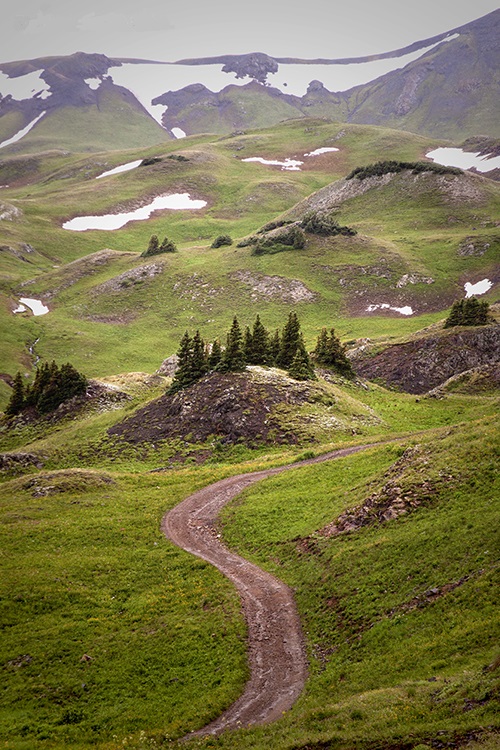


These lead to 12,000-foot elevations, where the air is rarefied and Alpine meadows, bursting with vibrant wildflowers and streaked by patches of remnant snow, surprised us with a wandering flock of sheep.
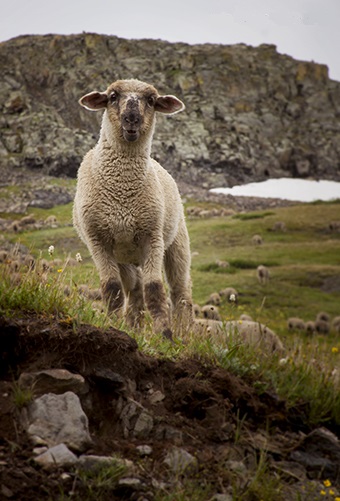


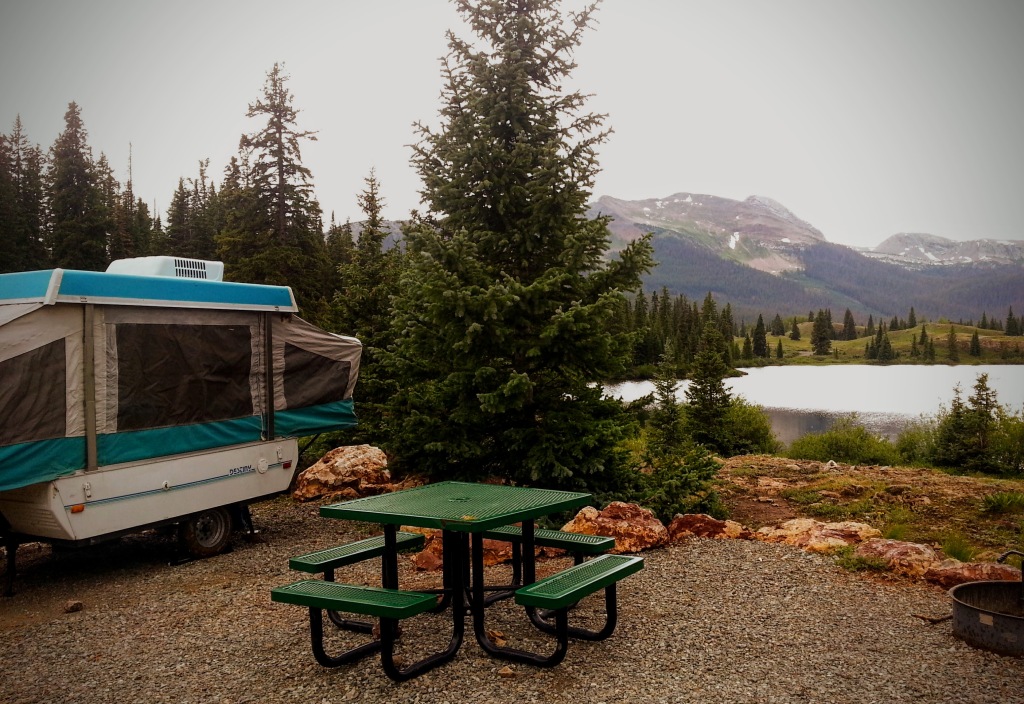
Where silver once flowed through her veins, year-round tourism is now the lifeblood of Silverton. The old hardships presented by harsh winters and rugged terrain now offer adventure to tourists who want to test their mettle against the challenges of nature. Rail fans ride the rails, shoppers search for souvenirs instead of ore, and old “history buffs” like me lose themselves in the poignant vestiges of the past.



And the citizens of Silverton, descendants of miners and frontiersmen, who spring from wiry stock as hard and rugged as the terrain and as warm as a spring snow melt, are nothing if not welcoming. They invite you to their high valley, that blooms and beckons visitors, awestruck by the riches of history and natural beauty.
* The ‘Rio de las Animas Perdidas,’ Animas River for short, means ‘River of Lost Souls’ in English. San Juan County, in which Silverton is located, is at the highest average elevation of any U.S. county.
**The “Million Dollar Highway” comprises the portion of Highway 550 that stretches north from Silverton, through the visually stunning Uncompahgre Gorge, to the town of Ouray. It is so named because of the enormous expense of building a highway through such difficult terrain.
Travel Tips:

Getting there: Although visitors can reach Silverton via a 48-mile scenic drive up U.S. 550 from Durango, Colorado, nothing beats a ride on the historic Durango & Silverton Narrow Gauge Railroad. For the train ride, plan for a full day: approximately 3 ½ hours each way, with a two-hour layover.
What to wear: Don’t forget to bring sunscreen and dress in layers or bring additional layers in a day pack. Temperatures are remarkably cooler at higher elevations. Be sure to include a rain jacket or poncho in your pack, since weather in the mountains is capricious. Remember to wear comfortable walking shoes, since there is only one paved road in town.

Grab a bite: If you’re making the day trip by train, the layover provides time to eat, look around, and do a little souvenir shopping. However, you might consider eating first so that you aren’t under any time pressures. Depending on the length of your stay, you might want to have breakfast at the Coffee Bear, dinner at the Bent Elbow or The Pickle Barrel, or a steak at Handlebars Food & Saloon. Another of our favorites is the French dip at The Grand Imperial Hotel Restaurant & Saloon.
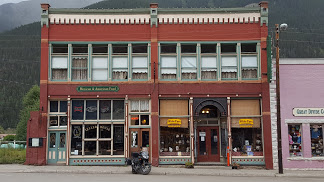
Stay the night: For those lingering longer than the layover, Silverton offers a variety of places to stay. These include camp sites, vacation rentals, bed & breakfasts, the Triangle Motel, The Teller House Hotel, The Bent Elbow Hotel, and the Grand Imperial Hotel. (To add to the fun, the third floor of the Grand Imperial Hotel is rumored to be haunted.)
Sign up for our free newsletter to receive more travel tips and ideas:

Well done!
LikeLiked by 1 person
Eureka station is an awesome restaurant too. In fact the best menu and food.
LikeLiked by 1 person